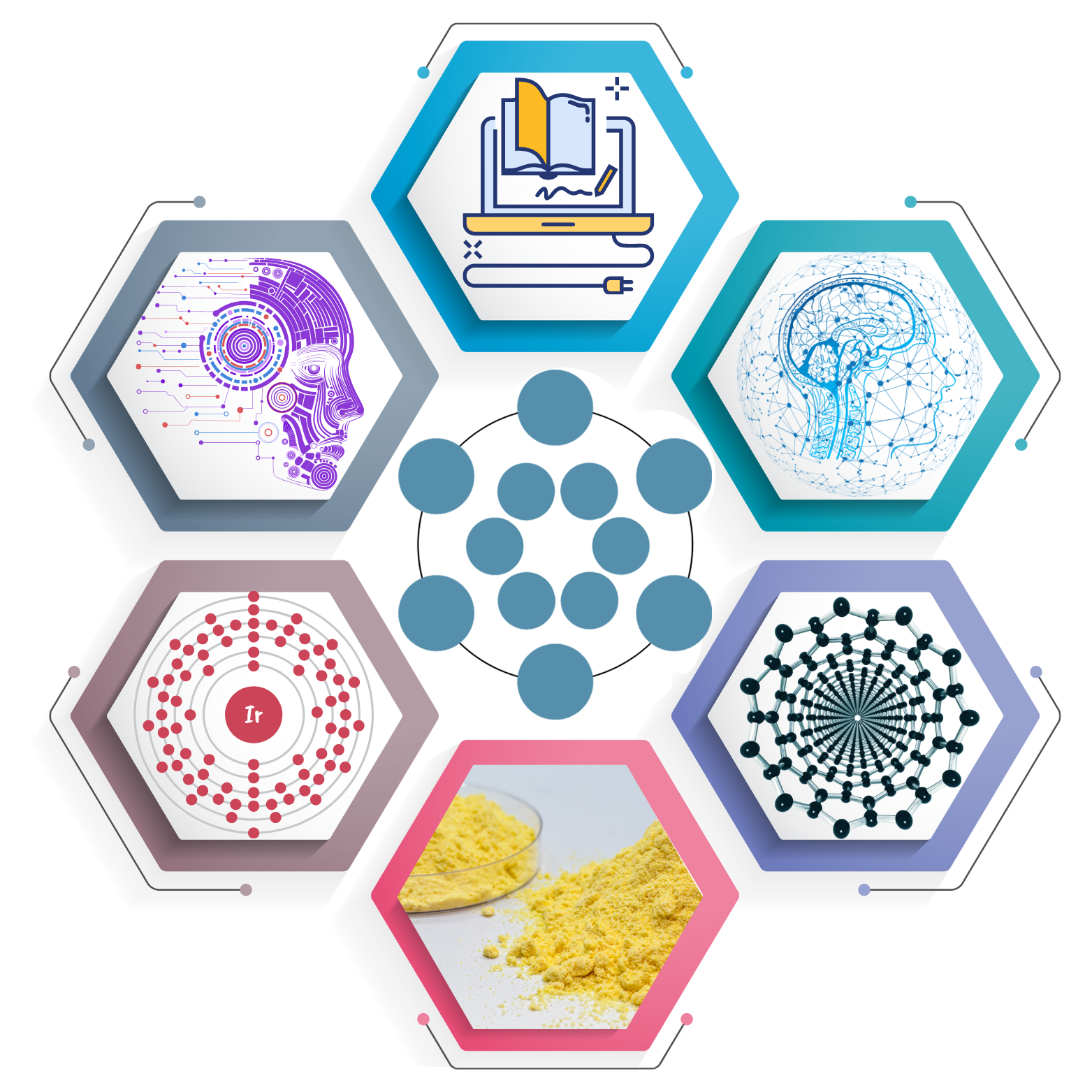زبانه ها کار می کنند. لطفاً توجه داشته باشید که برای اینکه بتوانید آن را درون زبانه ها نمایش دهید ، باید قالبی به کتابخانه اضافه کنید.
زبانه ها کار می کنند. لطفاً توجه داشته باشید که برای اینکه بتوانید آن را درون زبانه ها نمایش دهید ، باید قالبی به کتابخانه اضافه کنید.
زبانه ها کار می کنند. لطفاً توجه داشته باشید که برای اینکه بتوانید آن را درون زبانه ها نمایش دهید ، باید قالبی به کتابخانه اضافه کنید.
